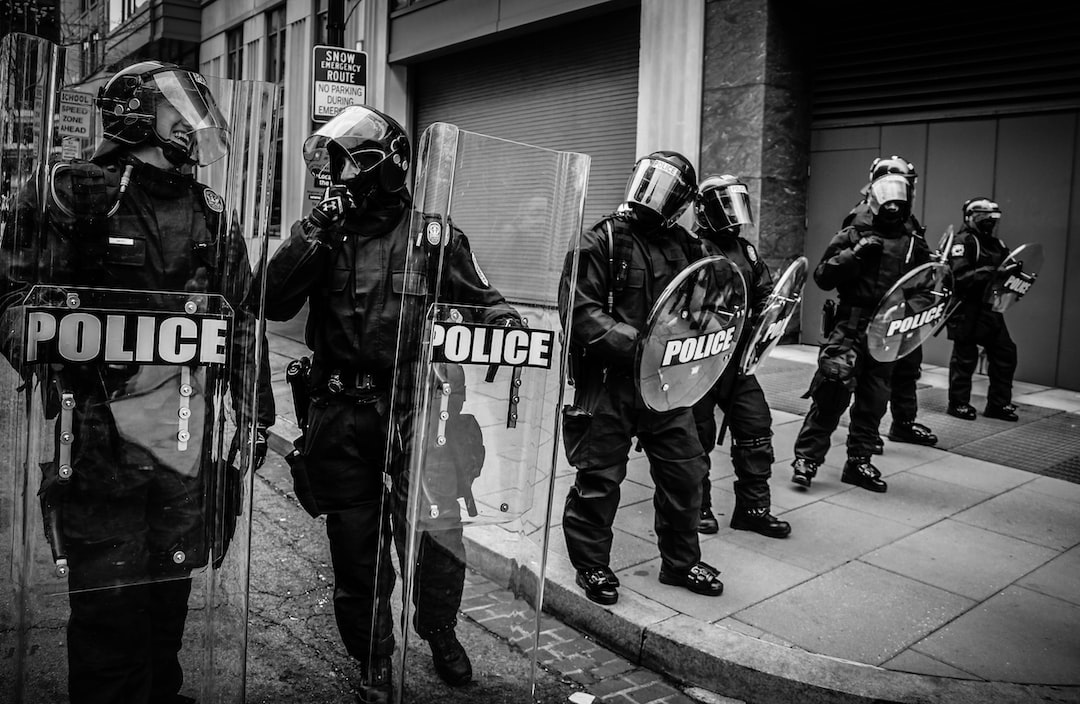Landlord-Tenant Relations: Rights, Responsibilities, and Eviction Processes
Renting a property is a common choice for individuals who are not yet ready to buy their own home or are simply looking for a temporary place to live. However, this arrangement also involves a shared responsibility between the landlord and tenant. Each party has specific rights and responsibilities that must be respected to maintain a healthy landlord-tenant relationship. Eviction processes, although contentious, are also essential to manage situations where these rights and responsibilities are violated.
Rights and Responsibilities of the Tenant:
As a tenant, understanding your rights is crucial for ensuring fair treatment and maintaining a peaceful living environment. Here are some essential rights that every tenant should be aware of:
1. The right to a safe and habitable home: Landlords are obligated to provide a property that meets specific health and safety standards. This includes adequate heating, plumbing systems, and safe electrical wiring.
2. The right to privacy: Tenants have the right to enjoy their rental space without unnecessary intrusion from the landlord. Except in cases of emergency, landlords should provide prior notice before entering the property.
3. The right to peaceful enjoyment: A tenant has the right to live peacefully in their rented space, free from harassment or discrimination. This includes protection against any form of retaliation from the landlord when exercising their rights.
While tenants have rights, they must also fulfill their responsibilities to maintain a good relationship with their landlords:
1. Paying rent on time: Timely payment of rent is crucial to maintain a good relationship with your landlord. Failure to do so may lead to legal consequences, including eviction.
2. Proper use and care of the property: Tenants are responsible for maintaining the property and using it in a reasonable manner. Any damages caused due to neglect or misuse may result in monetary liability.
3. Adherence to the terms of the lease agreement: Tenants must abide by the rules defined in the lease agreement, such as no subletting or having pets, unless otherwise agreed with the landlord.
Rights and Responsibilities of the Landlord:
Landlords also have specific rights and responsibilities that they must adhere to. Understanding these rights is essential as a responsible landlord. Here are some key rights:
1. The right to receive rent on time: Landlords have the right to receive payment for their property as outlined in the lease agreement.
2. The right to restrict subletting and pets: Landlords can set the terms and conditions regarding subletting or keeping pets in the rental property.
3. The right to enter the property for inspections: While tenants have the right to privacy, landlords also have the right to enter the property for inspections or repairs. They must provide reasonable notice to the tenant before doing so.
With rights come responsibilities. As a landlord, it is important to fulfill the following responsibilities:
1. Maintaining the property: Landlords are responsible for ensuring that the property is in a safe and habitable condition. This includes maintaining the plumbing, electrical, and heating systems, as well as promptly addressing any necessary repairs.
2. Returning the security deposit: Landlords are required to return the security deposit to the tenant within a reasonable amount of time after the tenancy ends, minus any deductions for damages beyond normal wear and tear.
3. Handling eviction processes fairly: In cases where a tenant violates the terms of the lease agreement or does not pay rent, landlords must follow the legal eviction processes outlined by local laws.
Eviction Processes:
Eviction is a difficult and often contentious process. However, it is sometimes necessary in situations where tenant rights or landlord interests are being violated. Eviction processes require careful adherence to legal procedures to protect the rights of both parties involved.
1. Notice: The first step in eviction is typically providing the tenant with written notice. The length of notice required varies depending on the reason for the eviction and local laws.
2. Court proceedings: If the tenant does not comply with the notice or rectify the issue within the specified timeframe, the landlord can file a lawsuit to initiate eviction proceedings. Both parties will have the opportunity to present their case in court.
3. Judgment of possession: If the court determines that eviction is warranted, a judgment of possession will be issued. The tenant is then required to vacate the property within a specified timeframe.
It is important for both landlords and tenants to understand their rights and responsibilities to maintain a healthy landlord-tenant relationship. Open communication, respect for each other’s rights, and adherence to the lease agreement are crucial. In cases where disagreements cannot be resolved, eviction processes must be conducted fairly, following local laws and regulations. By understanding and upholding the principles of a good tenant-landlord relationship, both parties can avoid unnecessary conflicts and foster a positive living environment.

